17+ SAMPLE Work Estimate
-
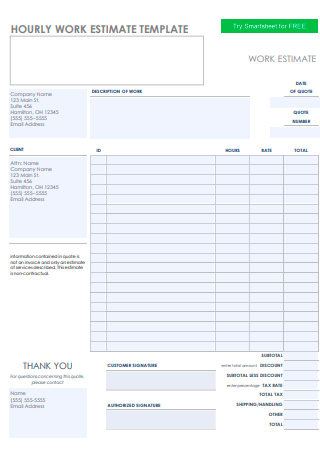
Hourly Work Estimate Template
download now -
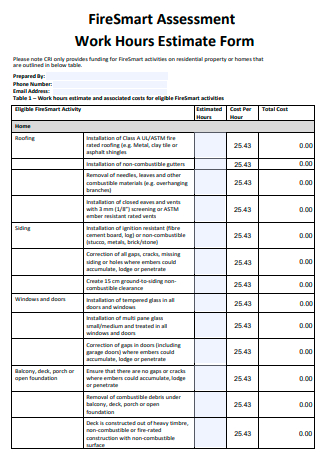
Assessment Work Hours Estimate Form
download now -
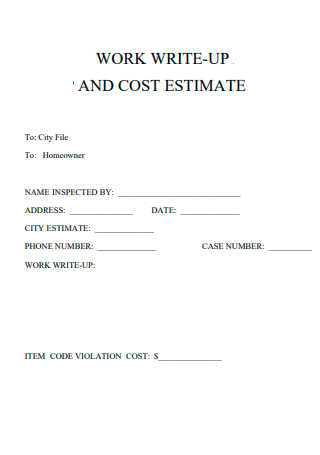
Work Cost Estimate
download now -

Statement of Work Estimate
download now -
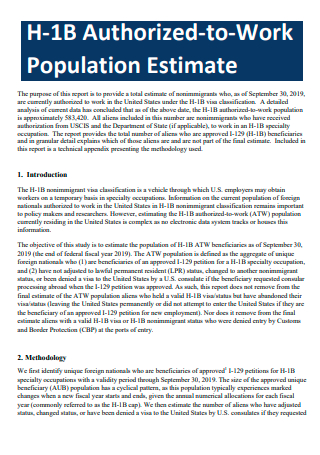
Authorized to Work Population Estimate
download now -
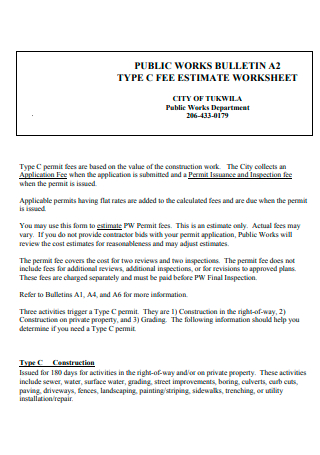
Public Work Fee Estimate Worksheet
download now -
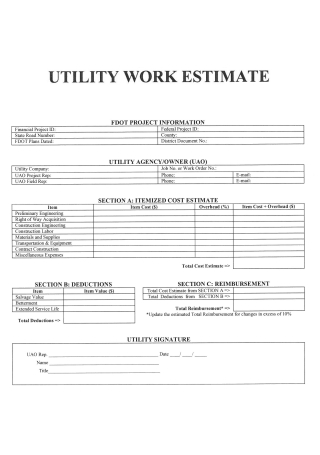
Utility Work Estimate
download now -
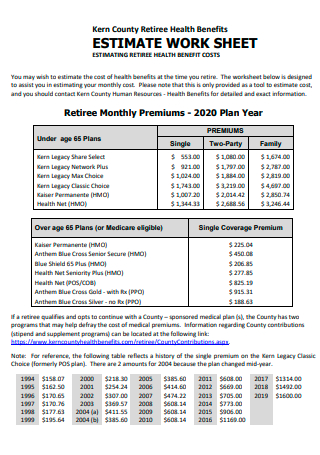
Work Sheet Estimate
download now -
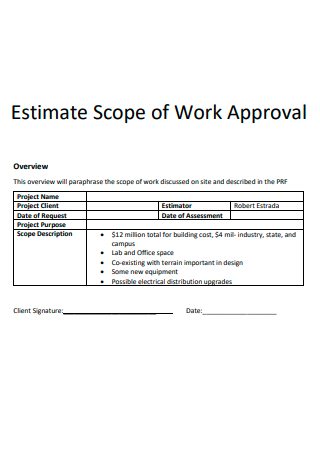
Work Approval Estimate
download now -
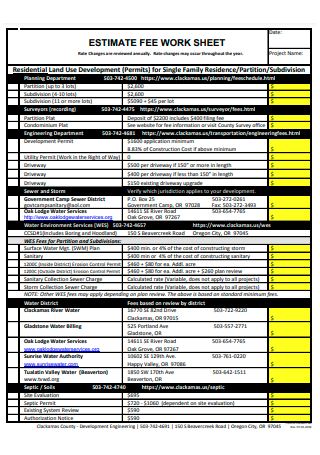
Fee Work Sheet Estimate
download now -
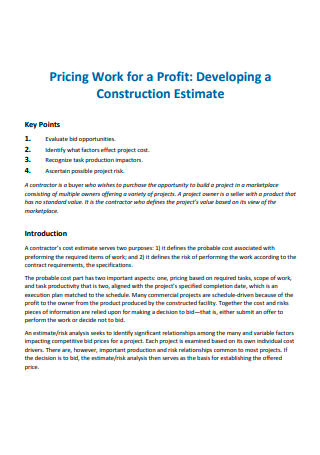
Work Construction Estimate
download now -
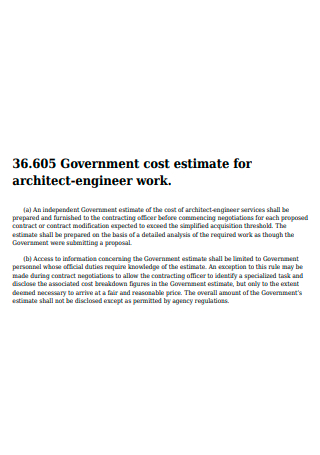
Architect Engineer Work Cost Estimate
download now -
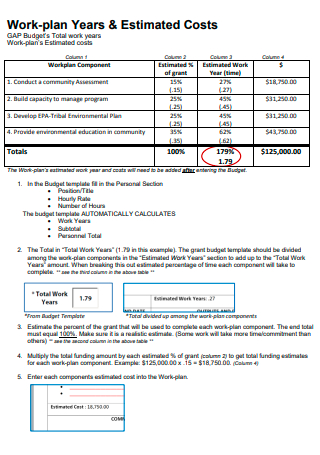
Work Plan Years and Estimated Costs
download now -
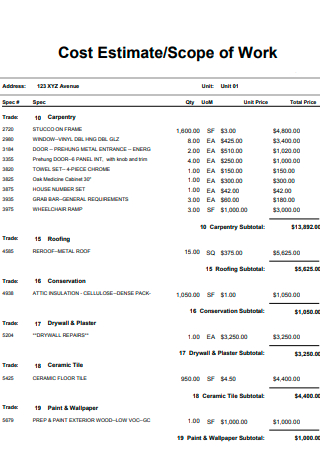
Scope of Work Cost Estimate
download now -
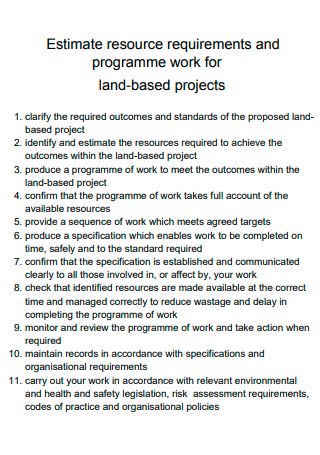
Work For Land Projects Estimate
download now -
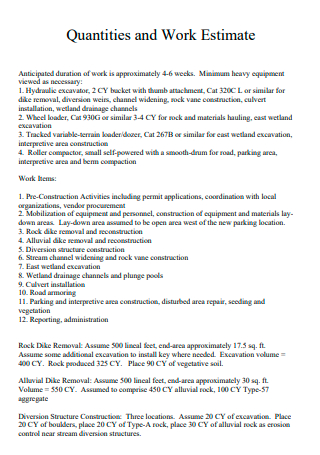
Quantities and Work Estimate
download now -
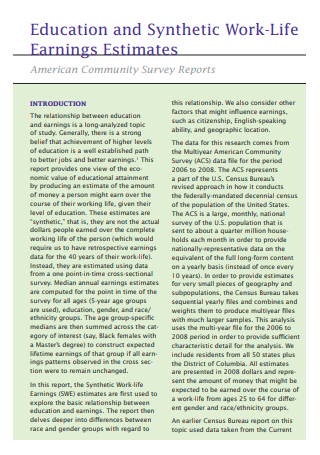
Work Life Earnings Estimate
download now -
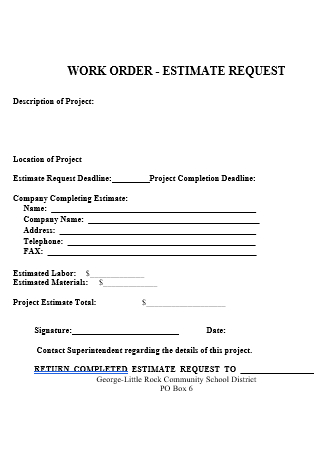
Work Order Estimate Request
download now
FREE Work Estimate s to Download
17+ SAMPLE Work Estimate
What Is Work Estimate?
What to Include in a Work Estimate?
What Is the Difference Between Job Estimates, Quotes, And Invoices?
Why Should I Provide Written Estimates or Quotes?
Tips for Writing a Good Work Estimate:
FAQs
What Is An Example Of Estimate?
What Is the Purpose of Estimating?
What Is the Efficiency of an Estimator?
What Are the Qualities of Good Estimator?
What Is Work Estimate?
A job estimate, also called a work estimate, provides customers or stakeholders with a detailed look at the costs associated with a proposed job or project. In addition to estimated costs, it may also include a project timeline, terms and conditions, or a payment plan, and can be used to evaluate whether to move forward with a project.
A job estimate is a document you provide to a prospective client. It outlines the details of the job they are inquiring about, including some or all the following:
- The services you will provide
- The deadlines for completing the work
- A timeline of project benchmarks along the way
- The cost of materials and services to complete the project
- An estimate of the total cost
The work estimate helps the client plan their project budget, and in many cases, it also helps them determine which service provider to work with — since they will likely request estimates from more than one contractor or service provider.
Keep in mind, a job estimate is just that — an estimate. It is an educated guess of the potential costs and timelines, based on your expertise in the field and other similar projects you’ve completed. Initially, you might not have all the details you need to give a definitive and detailed quote, but you can still give a ballpark estimate.
What to Include in a Work Estimate?
Having outlined the differences between estimates and quotes, it is time to show how this can be put this into practice. The main difference between a work estimate and a quote is the level of detail. Although not as detailed as a quote, a professional job estimate should include the following items:
Company Information
To create a professional-looking document, make sure to include your company’s logo, name and key contact details such as postal address, email, and phone number.
Customer Details
Make it clear who you are providing the estimate for by inserting available customer information including their name, address, email, and contact number.
Estimate or Job Number
Including “Job Estimate” or “Work Estimate” at the top of the document is important. Displaying the term “Estimate” in a prominent position ensures that you have clearly outlined that the estimate is exactly that and the pricing is therefore not legally binding.
Date
This is the date that you have provided the written estimate to the customer, not the date the project was scoped. Aim to give a written estimate within a few days of scoping the work; timeliness means that you come across as professional and the customer is less likely to seek additional estimates from other service providers.
Project Description
This is where the bulk of the information should be. When scoping the work, aim to gather as much information as you can about what needs to be done to complete the job. Is the site easily accessible? Are there specialized tools or materials required? A detailed project description upfront will enable you to provide a more accurate estimate and may prevent potential misunderstandings and disputes later on.
Line Items
Sometimes, it is better to provide a detailed breakdown of the overall cost, both for transparency and to demonstrate value to the customer. Common line items used include materials, labor, and number of hours to complete the job.
Tax Details
Is tax applicable to the job? If so, include the tax rate and amount as a separate cost line item.
Total Work Estimate
This figure is the overall price for the work required and includes line-item costs and any applicable tax. Be clear about which currency you are dealing in and bold the total to make it stand out.
Terms and Conditions
This section usually goes at the end of the document and can be a standard statement used for all jobs. You may wish to include your payment terms such as when and how the customer should pay you once the work is satisfactorily completed. It is also a good idea to add a brief reminder that the document serves as an estimate only and that the given pricing is subject to change.
What Is the Difference Between Job Estimates, Quotes, And Invoices?
A job estimate differs from a quote; it provides an approximate cost for a project and is not legally binding, whereas a quote provides the exact fixed cost for a job. In most cases, you can’t change a quote once the customer approves it. Plus, a quote is usually intended for a specific time frame, so it may include language like “valid for 30 days.”
An invoice is a bill for services. It is the document you provide to the client or customer after they’ve officially hired you for the project. Invoices typically contain itemized costs and payment terms, such as Due on Receipt, Net 30, Net 60, etc.
You might provide an initial job estimate after meeting with a client about a project, then a formal quote once they’ve selected you for the job and you have all the details you need to accurately predict project costs. Once the client has accepted the quote, you’ll send them an invoice.
That job estimates and quotes are the same thing is a common misconception. The terms “Job Estimate” and “Job Quote” are often used interchangeably but, the two forms can be differentiated in a number of ways.
Work Estimate
- Gives an indication of expected costs based on limited job information
- May also include job schedule, proposed delivery date, your terms and conditions, and payment schedule
- Useful if you are unable to guarantee the cost of materials or are unsure about the scale of the job
- Is NOT legally binding
Work Quote
- An exact quote for the job being offered, therefore cannot be changed once accepted by the customer. The final invoice and associated costs will match that of the initial quote provided to the customer
- Includes more detailed information relating to the project requirements
- Due to potential fluctuations in material costs, a completed job quote form is only valid for a finite period of time, after which the quote expires
- Often preferred by customers, who will know what to expect in terms of cost, time, and materials
- Is a legally binding contract between you and the customer
Why Should I Provide Written Estimates or Quotes?
Providing a verbal estimate or quote is not necessarily wrong, and having something in writing is not a legal requirement. There are, however, several benefits to providing a written document:
Tips for Writing a Good Work Estimate:
When you are creating a work estimate, you shouldn’t treat it like just another item on your business to-do list. Really, it’s a sales tool — it gives you a chance to stand out from the pack. Because you’ll likely be competing with other contractors or service providers for the project you are estimating, do everything in your power to present estimates that are both professional and persuasive. Here are a few ways to write an effective work estimate:
Tip #1: Meet with the Client to Discuss Their Needs and Be Sure to Take Good Notes
Clarify any questions you have and answer any questions they have so you can provide the most accurate estimate possible. Asking more questions means you’ll be able to provide a more detailed and thorough estimate, and that creates more trust with the potential client.
Tip #2: Don’t Lowball the Cost of the Project Just to Get the Job
Sure, you are probably not the only service provider the client is considering, but trying to be the lowest bidder just to get the work won’t do you any favors. Present the price you’d be happy to do the work for. If the client turns you down, they probably were not right for you.
Tip #3: Just be Sure to Cover Your Costs and Build in Some Profit
If you are just getting started in business, you may feel like you have to take on your first couple of projects at a lower rate until you get more experience.
Tip #4: Present Your Work Estimate Quickly
Ideally, you should provide the estimate to the prospective client within 24—48 hours after meeting or talking with them. This conveys that you’re both professional and enthusiastic about the work. Plus, some clients want to move fast, so the first to submit an estimate could win the job.
Tip #5: Consider Including a Bonus
Choose something simple you can do to wow the client. If you are a website copywriter, could you throw in a web marketing strategy session with your standard web copy package? If you are a graphic designer, could you add a Twitter or Instagram header to your standard logo package? If you are a professional mover, could you provide extra boxes and packing material the client can use to get organized once they are settled in their new home? The key is to choose something that won’t take up much of your time but will add value — and some of that sweet goodwill — to the client experience.
Tip #6: Use a Professional Template for Your Work Estimates
Presentation matters, and using a beautifully designed, professional template is one more way to set yourself apart from the competition. For that added extra special touch, add your brand colors and logo.
FAQs
What Is An Example Of Estimate?
An example of to estimate is to look at a damaged car and see how much it may cost to repair. The definition of an estimate is an opinion or a guess of the size, worth or cost of something. An example of an estimate is a list of times and charges that it may cost to complete a construction job.
What Is the Purpose of Estimating?
Estimation helps us knowing the quantity of work, labor, materials and funds that will be required for the entire project thus enabling us to be prepared beforehand.
What Is the Efficiency of an Estimator?
A measure of efficiency is the ratio of the theoretically minimal variance to the actual variance of the estimator. This measure falls between 0 and 1. An estimator with efficiency 1.0 is said to be an “efficient estimator”. The efficiency of a given estimator depends on the population.
What Are the Qualities of Good Estimator?
A good estimator, as common-sense dictates, is close to the parameter being estimated. One who is unbiased, consistent, efficient, and sufficient.
Unlike a quote, an estimate is not a contract and the price may end up being higher or lower. For instance, you might provide an estimate before a more complete inspection is finished, and then a final quote to agree on the exact price to complete the job.
Preparing a work estimate for a customer is often the first step in a process that may include providing an estimate, preparing an official quote, creating a work order, invoicing for the completed work, and then sending a receipt.
